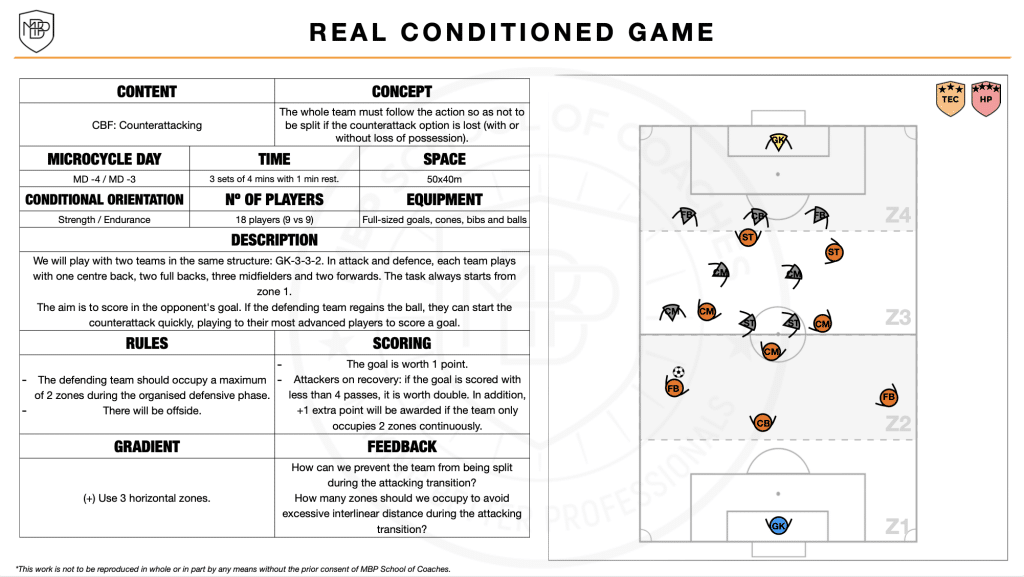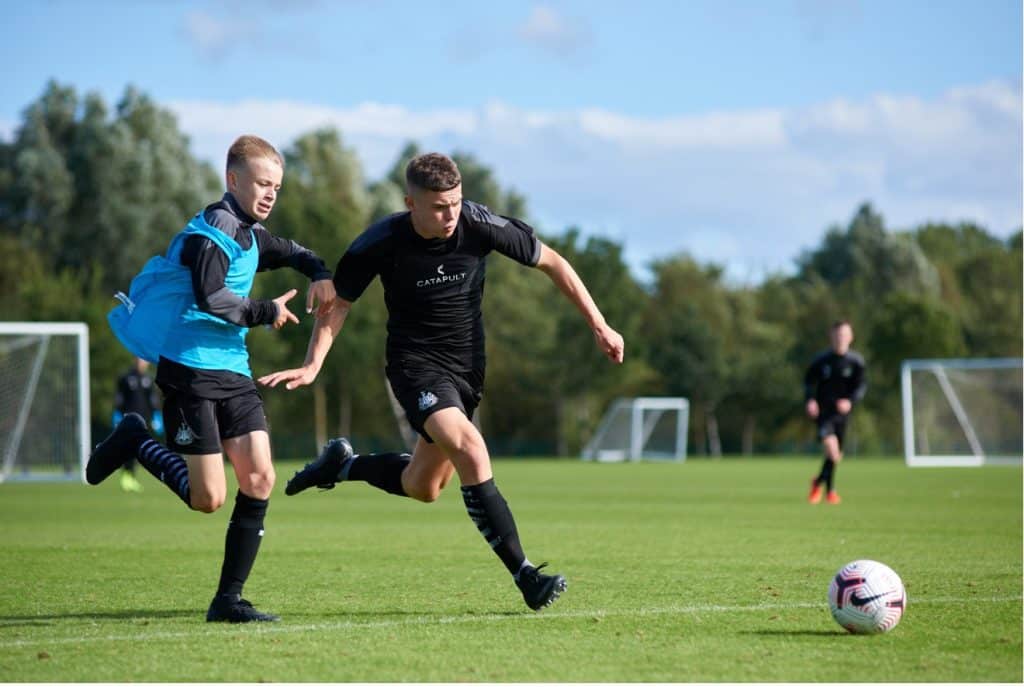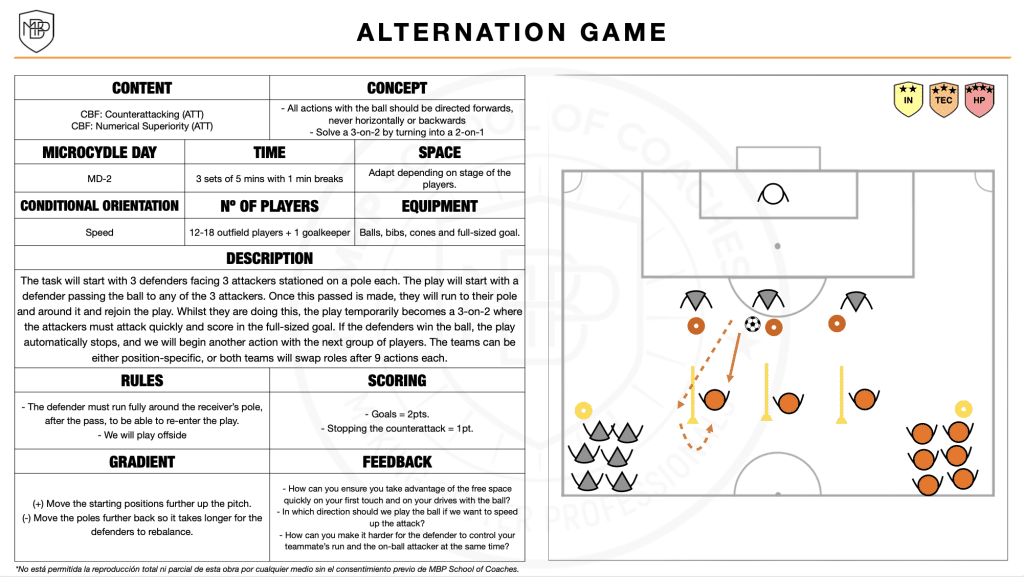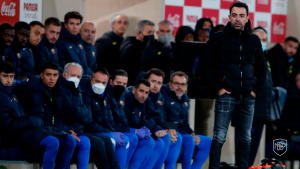Would you like to improve your team’s counterattack? Here are 3 training tasks that can help you. Transitions are an increasingly important phase of the game for many teams, as they allow them to take advantage of possible unbalances of the opponent once they have lost the ball. For you, how much importance do you give to transitions within your game model?
The following three training tasks will help you to train counterattacking with your team. Each has a different level of complexity, allowing you to use them with teams of different stages of development.
Training Task 1: Alternation Game
The first task presents a low level of complexity, as it includes fewer players, and the situation presented is very simple. Therefore, it can be very useful for the first sessions where we train this content with our team in the developmental period.
It serves to train the attacking concept of ‘directing actions, with and without the ball, forwards, never backwards or horizontally’, and consists of an Alternation Game of 3v3 + 1 GK, where the attackers must score a goal, and the defenders must prevent it.
The game starts with a pass from one of the defenders to any of the 3 attackers. Once the pass is made, the defender runs around their post and rejoins the game, which will have developed into a 3v2 superiority for the attackers. When the attackers score a goal or the defenders regain the ball, the action is over.
Image 1. Example of a task to train counterattacking with a team in the initiation stage. Source: MBP
Training Task 2: Alternation Game
The second task has a higher level of complexity, as there are two full-sized goals, more players are involved in both teams and the dynamic is more continuous than the previous task. In this case, it is recommended for training teams that are already in the technification period, where the players show higher levels of game understanding than in the previous period.
The attacking concept that is worked on in this task is that of ‘taking the ball through the centre of the attack to play inside-out-inside’ and consists of a situation of 4 + GK + 1 N v 4 + 1 GK, with the objective of scoring in the opponent’s goal.
The particularity of this situation is that there will always be a player from the team that is playing defensively who will arrive later because they will have to touch one of the posts of the opponent’s goal before being able to defend. In this way, we ensure a momentary situation of greater numerical superiority.
Image 2. Example of a task to train counterattacking with a team immersed in the technification period. Source: MBP
Training Task 3: Real Conditioned Game
The last task presents a practically real game format (real conditioned game), which is why it is a training context for teams in a period of technification or high performance, as many elements of the game are involved.
Unlike the previous ones, this task is a defensive task: ‘the whole team must accompany the action so as not to be split if the counterattack option is lost’. In other words, the team that loses the ball must stay as compact as possible so as not to give space to the opposing team and thus stop their counterattack.
Both teams will have the same structure (GK-3-3-2), with the rule that the team in the defensive phase must remain in a mid block. Why do we do it this way? Because in this way, the attacking team opens up their lines and, when they lose the ball, it is when they will have to apply the chosen concept.

After looking at the three proposed tasks, it will be key to take into account your team’s level of game understanding in order to determine the level of complexity of the tasks. That is, not only the level of difficulty that the counterattacking task may present, but also how many elements of the plat your players are able to manage during the task (teammates, opponents, spaces, etc.).
Do you want to acquire more tools to improve as a coach?
In the Online Master in High Performance Football, you will learn in a comprehensive and complete way a training method of tactical preference, which will allow you to deeply understand all the structures of high-performance football.
You will apply the principles of structured training and its relationship with the Individual Fundamentals by Position (IFP), where you will discover how to train the team from complex thinking, relating it to the Universal Collective Fundamentals and the Line Group Fundamentals.










